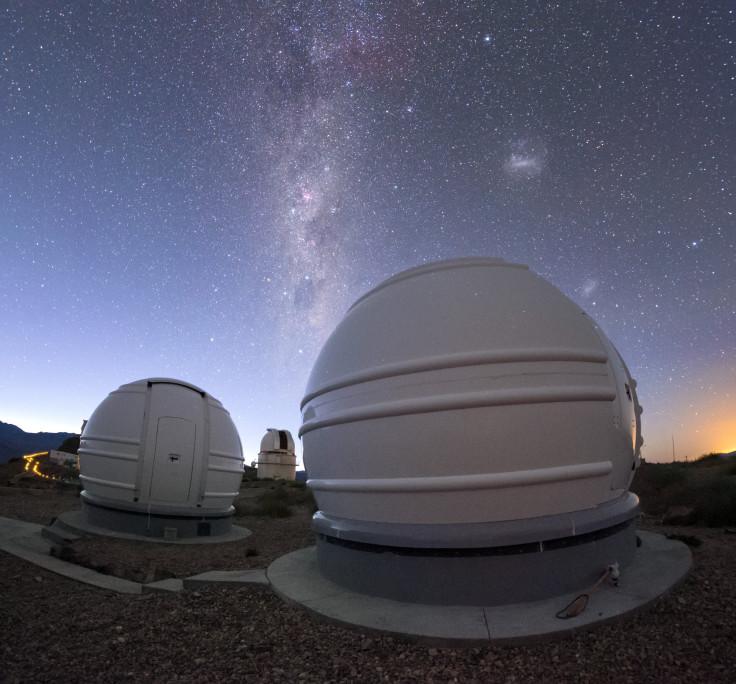New Telescopes Hunt For Habitable Planets Around The Smallest Stars

A new group of telescopes has gone online and started its mission of searching for habitable alien planets.
The European Southern Observatory reported Jan. 24 that its facility called Exoplanets in Transits and their Atmospheres — or ExTrA for short — started making observations, scanning the skies for Earth-sized planets orbiting around the type of small and cool stars called red dwarfs. ExTrA’s telescope trio will also investigate the exoplanets it finds to learn more about them, including their compositions.
More information about what planets are made of could help scientists better understand what worlds are habitable and where can we expect to find extraterrestrial life: “The study of exoplanets is bringing what was once science fiction into the world of science fact,” lead project researcher Xavier Bonfils said in the ESO statement.
Some planets in other solar systems, during their orbits around their stars, appear to pass in front of those stars from the perspective of Earth. Through that pass, called a transit, the light coming from the star is partially blocked so it creates a dip in how much shines toward us, giving telescopes a way to detect the presence of alien planets even when we can’t zoom in on them. ExTrA takes this transit method of detecting exoplanets and kicks it up a notch: According to the ESO, the facility compares the stars to what their neighbors look like.
The size of the planets’ stars helps in detection because the smaller the star, the bigger the proportion of light an exoplanet blocks when it passes in front, making it easier to detect.
Red dwarfs have the added bonus of being one of the most common kinds of star in the Milky Way galaxy.
“With ExTrA, we can also address some fundamental questions about planets in our galaxy,” researcher Jose-Manuel Almenara said in the ESO statement. “We hope to explore how common these planets are, the behaviour of multi-planet systems, and the sorts of environments that lead to their formation.”
The three new telescopes are located at the ESO’s La Silla observatory in Chile.
“La Silla was selected as the home of the telescopes because of the site’s excellent atmospheric conditions,” Bonfils said. “The kind of light we are observing — near-infrared — is very easily absorbed by Earth’s atmosphere, so we required the driest and darkest conditions possible.”
© Copyright IBTimes 2024. All rights reserved.





















